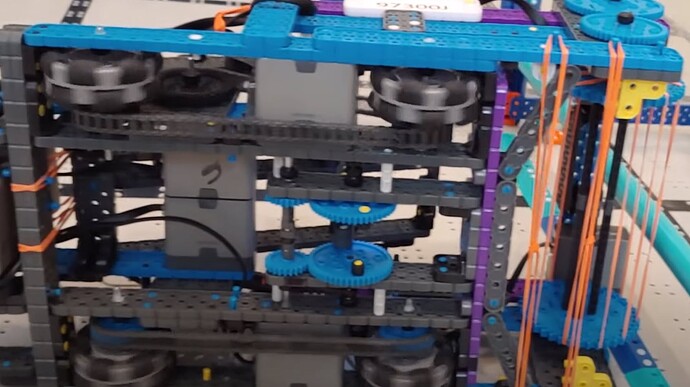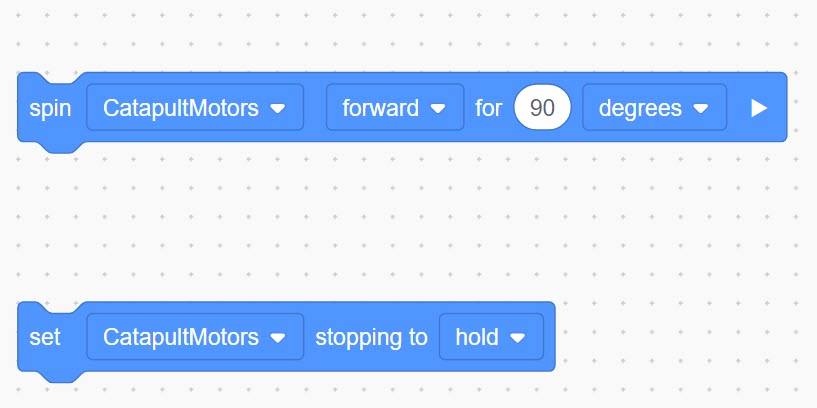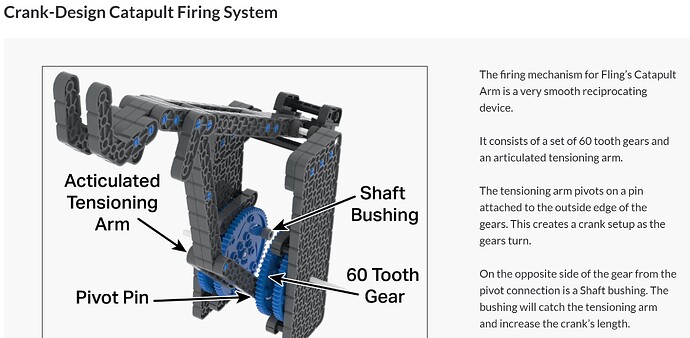I have copied this from a Facebook post from a fellow teacher. Any suggestions I can share back?
“My teams desperately need help. They have been working on the catapult (spitfire) robot. The catapult will work sometimes, but other times must be pushed down to complete the rotary motion that allows it to shoot the balls. They have built and rebuilt and rebuilt the robot many times trying all types of variations and gear ratios. T
-The first gear ratio they used was 2:1 with two motors.
-They upped the gear ratio to 4:1 with two motors.
-They have shortened the arm.
-They have lengthened the arm.
-They have tried many different rubber band combinations.
-They have adjusted the code to try to compensate.
Has anyone else had this problem? Is there anyone that can provide advice? They are becoming very frustrated and wanting to step away, which I do not want them to. Please help me guide them!”
@David_Kelly, @Mark_Johnston, @Chris_Calver, @Lauren_Harter - any ideas?
I don’t know what a Spitfire is, but a video of the issue would definitely help.
I guess ultimately a current draw issue either through friction or gear selection.
I just looked up what a Spitfire is. As this is quite a complex robot it will take a lot of tuning to get it right.
The danger with these kind of robots where teams are encouraged to copy a generic high-end design is that they don’t go through any of the iterative processes to arrive at this kind of solution. These iterations would include things like washer placement to reduce slop and friction and other tuning.
There is a pretty good look at the gear ratio Spitfire is using in the YouTube video VEX IQ 97300J Pitching In Spitfire Robot Reveal - YouTube . I would look through the comments and maybe add a comment to Joseph973 to see if they can help.
If your students are using a [spin for] or a [set stopping to hold] to hold the catapult in place, the motors will be working the whole time and may be overheating. In this case, they need a mechanical solution like Fling.
Thanks I’ll share these solutions with the teacher that posted the issue. You guys rock!!!



